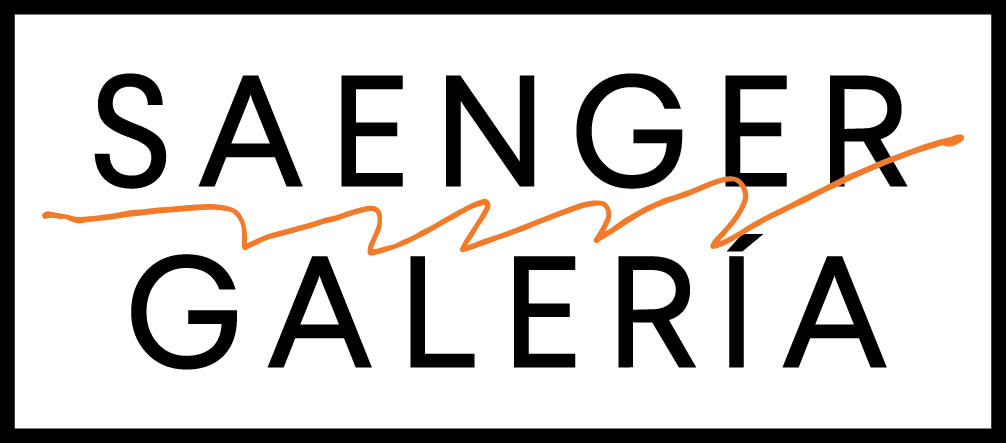SAENGER Galería is pleased to present for The Armory Show’s 2024 upcoming edition at the Focus Section - Booth F11, a solo show by multidisciplinary artist Scott Reeder (Battle Creek, MI, 1970), featuring a selection of works from his most renowned series —the Word, Surrealist Still Life & List paintings— alongside a selection of more recent bodies of work, such as the Object Paintings and his distinctive sculpture neons, that are defined by some of the fundamental interests of his practice: art history, the public use of art, and cultural critique seen through parody and sharp humor.
Scott Reeder first wanted to be a writer. As an undergrad he attended the University of Iowa, home of the incubator of American post-war letters: the Writers’ Workshop. Though the work that came out of that program veered toward realism, the University is also home to Dada and Fluxus archives. This inspired Reeder’s early work—dartboard paintings, governed by chance—and left an imprimatur of playful irreverence on his practice. But all those writers made their mark too.
Reeder’s paintings usually begin with words, and sometimes that’s where they end. There are Word Paintings, in which he alloys words like: Fake Sale, Data Poem, Post Work, Dark Math. Their arrangement here mimics another series—the List Paintings. These started as Reeder’s ideas for works he wanted to create. There were more ideas than hours in the day, so the ideas themselves became the paintings. “Some of the ideas were better unrealized,” he says. “I like their potential energy.”
The Surrealist Still Life Paintings start with a title, and then with Reeder imagining what it would look like. His Kodak Carousel of source material goes something like this: Matisse, click, Bonnard, click, Hopper, click, Seinfeld cold open, click, Corona ad, click. This is not the land of hierarchy. Even within art history, Reeder subverts, noting that the traditional academy had a Great Chain of Painting, with landscapes at the bottom, followed by portraits of animals, followed by portraits of everyday people, followed by history paintings, and classical and religious subjects at the top. Beneath all of this, you find still life.

